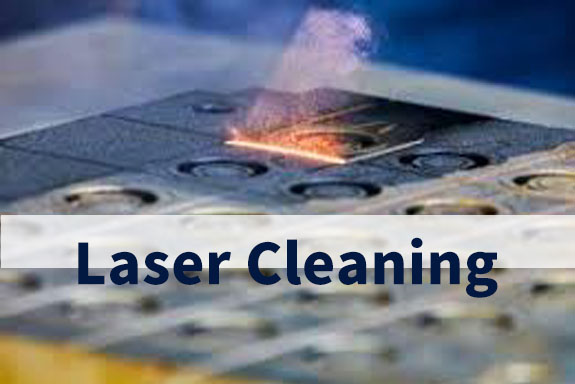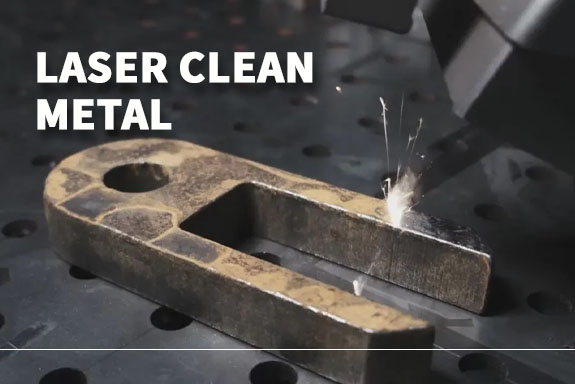Understanding Laser Cleaning
Laser cleaning has revolutionized the way we approach surface treatment. This innovative technology employs focused laser beams to remove contaminants from various materials. The versatility of laser cleaning makes it suitable for different applications, including laser oil removal, laser rust removal, and laser coating removal. Each method targets specific contaminants while ensuring the underlying material remains unharmed.
Laser Oil Removal
Laser oil removal is a highly effective technique for eliminating oil and grease from surfaces. This method can be applied to metals, plastics, and even some porous materials. By using laser cleaning, operators can achieve a thorough clean without the use of harsh chemicals or solvents. The precision of laser oil removal ensures that sensitive components can be cleaned without risk of damage. As industries look to maintain cleanliness standards, laser cleaning offers an eco-friendly solution.
Laser Rust Removal
Laser rust removal utilizes the power of laser cleaning to tackle corrosion on metal surfaces. Rust can compromise the integrity of materials, making this process essential for maintenance. The laser cleaning technique selectively targets the rust while leaving the underlying metal intact. This is particularly beneficial for steel and iron components, where traditional methods might lead to additional damage. With laser rust removal, operators can extend the lifespan of machinery and equipment while reducing the need for replacement parts.
Laser Coating Removal
Laser coating removal is another critical application of laser cleaning technology. This method effectively strips away paints, varnishes, and other coatings from a variety of substrates, including metals, plastics, and composites. The precision offered by laser cleaning allows for the removal of coatings without damaging the base material. This is especially important in sectors like aerospace and automotive, where weight and structural integrity are paramount. By employing laser coating removal, businesses can prepare surfaces for new applications or restore original finishes.
Advantages of Laser Cleaning
The advantages of laser cleaning extend beyond just its effectiveness. This method is non-contact, which means it minimizes wear and tear on the surfaces being treated. Moreover, laser cleaning generates minimal waste, making it an environmentally friendly option. By choosing laser oil removal, laser rust removal, or laser coating removal, companies can improve their operational efficiency while adhering to environmental regulations.
Conclusion
In summary, laser cleaning encompasses a range of techniques that enhance surface preparation and maintenance. Whether through laser oil removal, laser rust removal, or laser coating removal, this technology offers precise, efficient, and environmentally sustainable solutions. As industries continue to evolve, the adoption of laser cleaning methods will likely increase, providing the ultimate advantage in surface treatment.
由用户整理投稿发布,不代表本站观点及立场,仅供交流学习之用,如涉及版权等问题,请随时联系我们(yangmei@bjjcz.com),我们将在第一时间给予处理。






